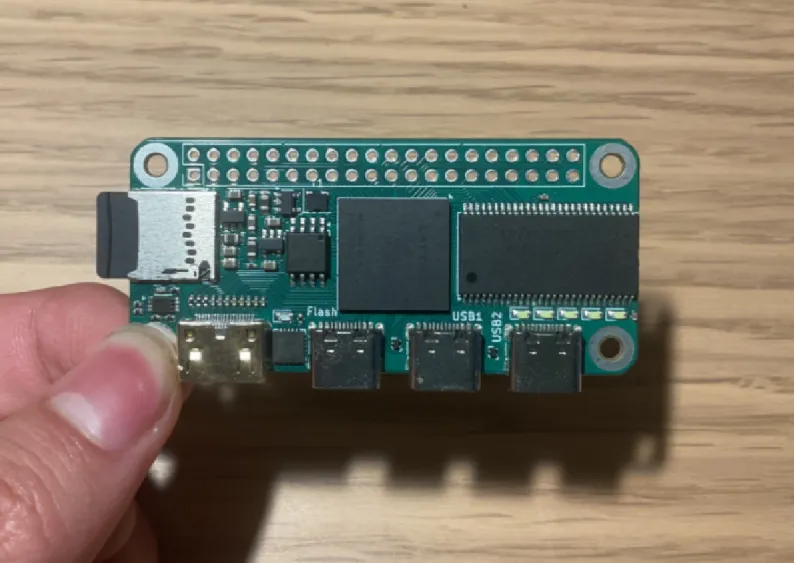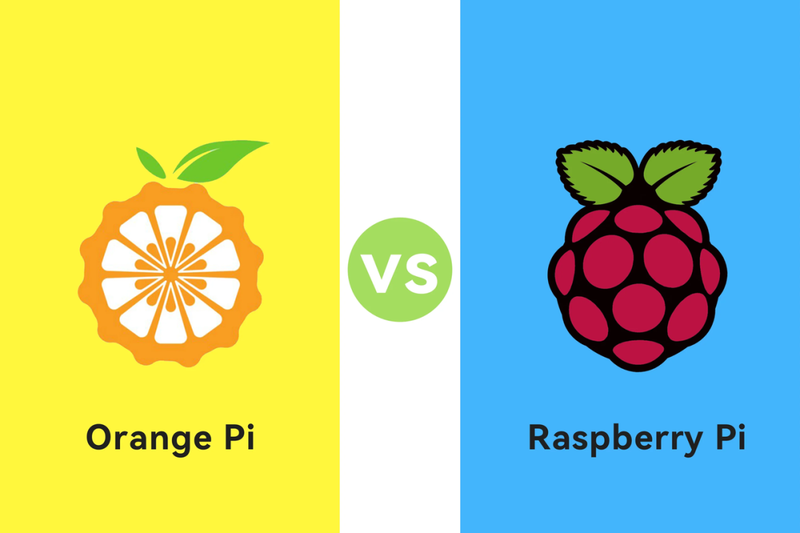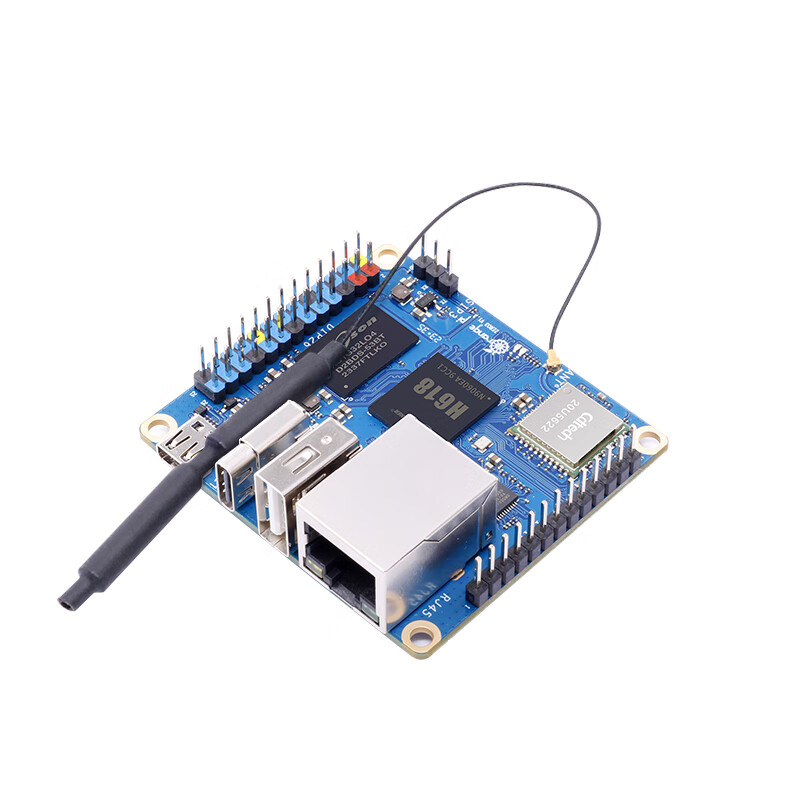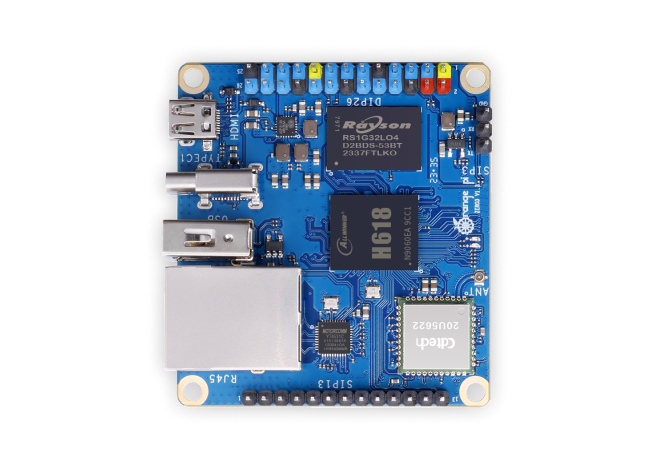Introdnoitcuuction
In today's era of rapid technological advancement, velocity sensors play a crucial role in numerous fields. From the automotive industry to aerospace, from robotics to industrial automation, accurate measurements provided by velocity sensors are indispensable. However, when it comes to purchasing velocity sensors, one often has to face a difficult choice between cost - effectiveness and quality. This article will explore the factors influencing velocity sensor prices, the relationship between price, cost - effectiveness, and quality, and offer some guidance on making the right choice.
Factors Affecting Velocity Sensor Prices
1. Sensor Type
There are various types of velocity sensors, such as Hall - effect sensors, optical encoders, and ultrasonic sensors. Each type has its own unique working principle, manufacturing process, and application scenarios, which directly affect their prices. For example, optical encoders, especially high - precision absolute optical encoders, usually have a higher price due to their complex structure and advanced technology. In contrast, Hall - effect sensors are relatively simple in design and manufacturing, resulting in a lower price.
2. Precision and Accuracy
The precision and accuracy of a velocity sensor are key factors determining its price. High - precision sensors can provide more accurate velocity measurements, which are often required in applications such as aerospace and high - end manufacturing. These sensors need to undergo more precise calibration and quality control during the manufacturing process, leading to higher production costs and, consequently, higher prices. For instance, a velocity sensor with an accuracy of ±0.1% will be much more expensive than one with an accuracy of ±1%.
3. Brand and Reputation
Well - known brands in the sensor market usually charge a premium for their products. Brands with a long - standing reputation for quality and reliability often invest heavily in research and development, production technology, and after - sales service. Customers are willing to pay more for these brands because they trust the quality and performance of their products. For example, a velocity sensor from a world - renowned brand may cost 20% - 50% more than a similar product from an unknown brand.
4. Additional Features
Some velocity sensors come with additional features such as digital output, temperature compensation, and self - diagnostic functions. These features enhance the functionality and usability of the sensors but also increase their production costs. For example, a sensor with built - in temperature compensation can maintain accurate measurements in a wide range of temperatures, but it will be more expensive than a basic sensor without this feature.
The Relationship between Price, Cost - effectiveness, and Quality
Cost - effectiveness vs. Low Price
It is important to note that cost - effectiveness is not simply about choosing the lowest - priced sensor. A low - priced sensor may seem attractive at first glance, but it may not meet the performance requirements of the application, leading to increased maintenance costs, reduced productivity, and potential safety risks in the long run. Cost - effectiveness takes into account both the price and the performance of the sensor. A moderately priced sensor that can meet the application requirements with high reliability and low maintenance costs is often more cost - effective than a very cheap but unreliable one.
Quality and Price
In general, there is a positive correlation between the quality of a velocity sensor and its price. Higher - quality sensors are usually more expensive because they are made with better materials, more advanced manufacturing processes, and stricter quality control. However, this does not mean that the most expensive sensor is always the best choice. The quality of a sensor should be evaluated based on its suitability for the specific application. For example, in a low - precision DIY project, a high - end, expensive sensor may be overkill, and a mid - range sensor with acceptable quality can be a more practical choice.
Making the Right Choice
Define Application Requirements
The first step in making the right choice is to clearly define the requirements of the application. Consider factors such as the required precision, measurement range, environmental conditions, and budget. For example, if you are working on a robotics project that requires high - speed and high - precision velocity measurement, you may need to invest in a high - quality, high - precision sensor. On the other hand, if you are doing a simple home automation project, a more affordable sensor with basic functionality may be sufficient.
Research and Compare
Once you have defined your requirements, research different sensor models and brands available in the market. Compare their prices, features, specifications, and customer reviews. Look for sensors that offer a good balance between cost - effectiveness and quality. You can also consult industry experts or colleagues who have experience with similar applications for their recommendations.
Consider Long - term Costs
In addition to the initial purchase price, consider the long - term costs associated with the sensor. This includes maintenance costs, replacement costs, and the impact on productivity. A sensor with a higher initial price but lower maintenance requirements and longer lifespan may be more cost - effective in the long run.
Conclusion
Exploring velocity sensor prices and making the choice between cost - effectiveness and quality is a complex but crucial decision. By understanding the factors influencing sensor prices, the relationship between price, cost - effectiveness, and quality, and following the steps for making the right choice, you can select a velocity sensor that meets your application requirements while providing the best value for your money.






